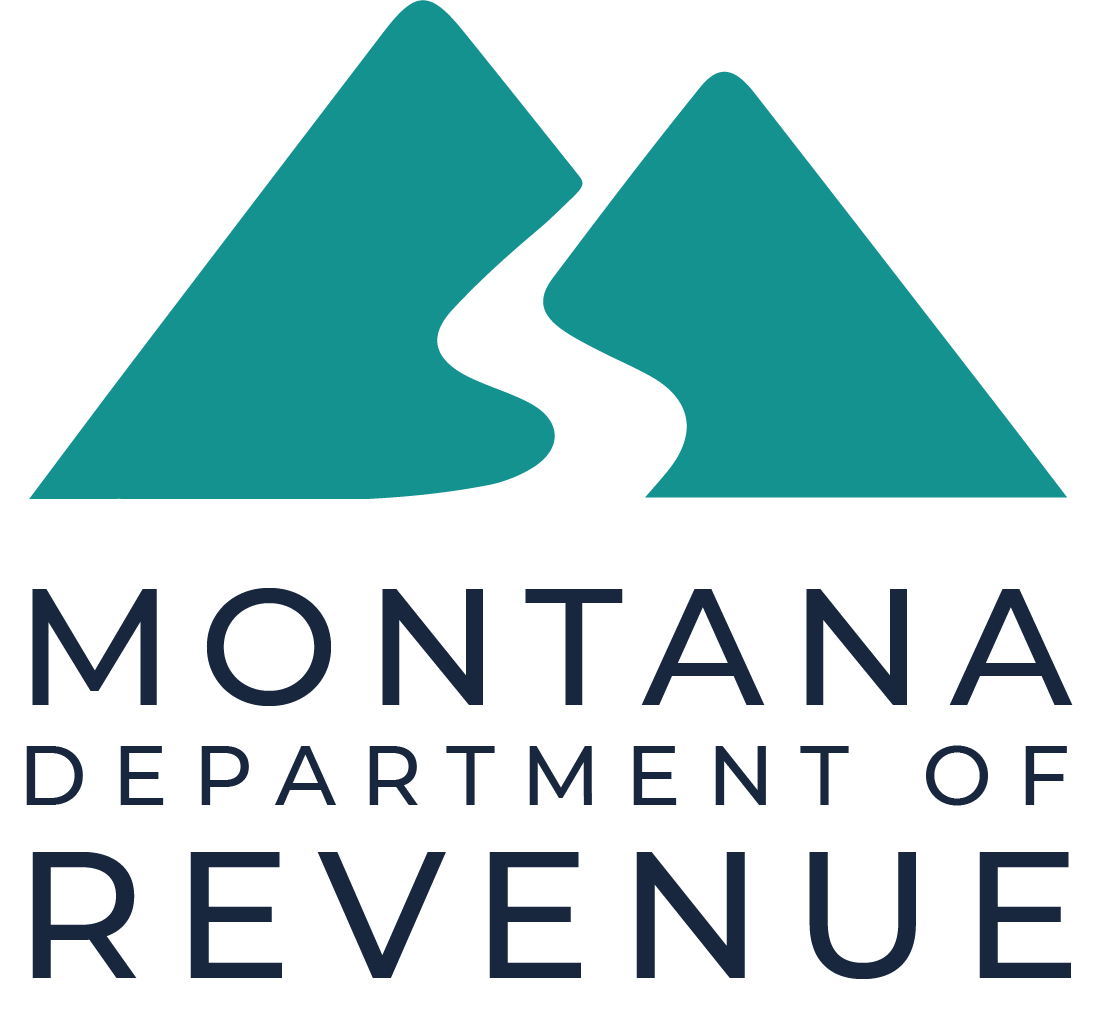Despite changes made to IRC 529 in the “Tax Cuts and Jobs Act”, a withdrawal from a Montana 529 Plan to pay for K-12 tuition continues to be a nonqualified withdrawal under the Montana Family Education Savings Act. Funds used to pay for K-12 tuition may subject the account owner to recapture tax on contributions previously deducted and require the beneficiary to include the earnings in their gross income.
The change made to IRC 529 at the end of December 2017 exempts expenses for tuition in connection with enrollment or attendance at elementary or secondary schools, up to $10,000, from being included in the gross income of the beneficiary. This provision is effective beginning with tax year 2018.
As stated in Part 1 of the “Family Education Savings Act”, the intent of the Montana legislature was to make postsecondary education more affordable. For this reason, the statute is clearly written to provide that a withdrawal from a 529 Plan must be used to pay for higher education expenses, such as tuitions for colleges, in order to be entirely exempt for Montana tax purposes.
Montana taxpayers may face two consequences if they withdraw funds from a 529 Plan to pay K-12 tuition. The account owner may have to recapture tax on part of the withdrawal, and the beneficiary must report the portion of earnings included in the withdrawal on his/her tax return.
The account owner must report and recapture tax on any portion of the payment that reduced the Montana adjusted gross income (AGI) of the contributor, even if the contributor is not the account owner. The recapture tax equals the recapturable amount times the highest marginal tax rate in effect and must be reported on the account owner’s individual income tax return.
Contributions that did not reduce Montana AGI are allocated to a non-qualified withdrawal first. Taxpayers must be aware, however, that all contributions made by Montana residents are deemed to have reduced Montana AGI unless the contributor provides evidence that the contributions were not previously deducted.
Any nonqualified withdrawal includes a portion of earnings. These earnings are taxable to the beneficiary for Montana tax purposes. Beneficiaries must use the principles described in IRC 72 relating to annuity contracts to calculate the amount of earnings included in the withdrawal. See current IRS Pub 970, Tax Benefit for Education, page 52. For most beneficiaries, however, the amount of earnings alone will not create a filing requirement.
Example: A Montana resident opened a 529 Plan and deducted from Montana AGI all but $1,000 of the contributions made to the account. In 2018, the account holder withdraws $10,000 to pay for K-12 tuition of their son, the beneficiary of the account. Of this amount, $2,000 represents earnings on the account.
For Montana tax purposes:
- The beneficiary of the account includes the $2,000 of earnings as a Montana addition on the Montana tax return. However, if it is the only income received by this taxpayer, there is no filing requirement because the amount is below the filing threshold.
- The account holder reports and pays a recapture tax on the $7,000 of contributions that reduced Montana AGI. ($10,000 – $1,000 – $2,000 = $7,000).
